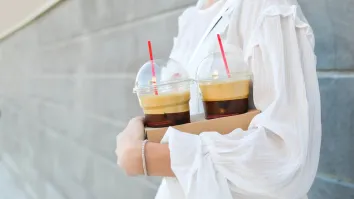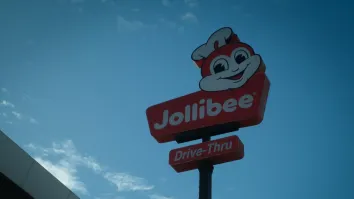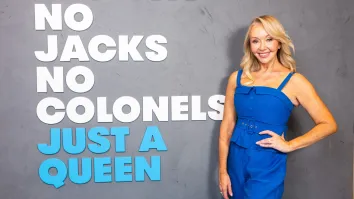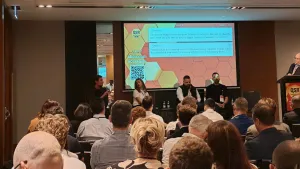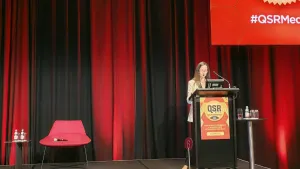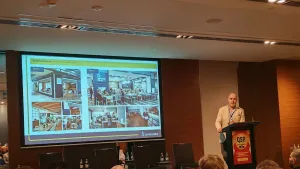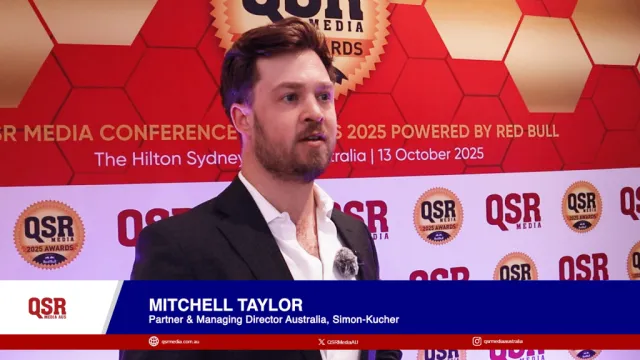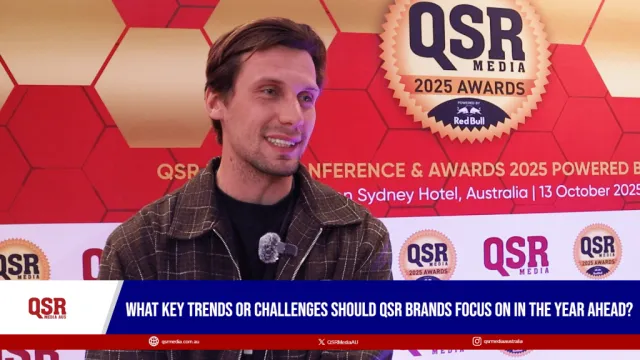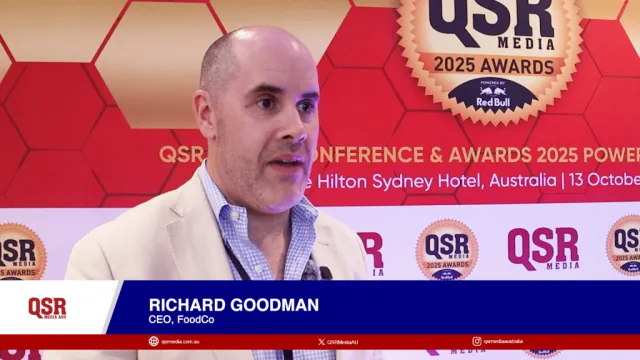
Don't forget your briefs
By Melissa WebberBrief your creative agency effectively for the best possible outcomes.
When it comes to providing agencies with briefs for their creative projects, all organisations are different. In order to get the most out of your agency it is important to provide them with as much information as possible when commissioning each campaign or task.
Having worked with many clients from all areas of business and industry over the years, we have received all kinds of project briefs, from a precisely worded missive rubber stamped by everyone from the Chairman down, through to a few words scribbled on a napkin…and everything in between.
It goes without saying that the projects which are briefed in to us with a lot of prior thought, solid research and relevant information are generally the most smoothly running with the most successful outcomes.
Most creative briefs should include the following:
• Background or challenge - why you are commissioning a project.
• Goals and outcomes - what you want out of this project.
• Mechanics and deliverables - what methods you wish to use to achieve these goals.
There are two kinds of creative briefs:
1. Comprehensive brief
A thorough, well considered document that provides detailed information in every section of the brief, including deliverables and creative outcomes. It also includes mandatories such as preferred language, tone of voice, image treatment, colour palette, etc, which is really just a condensed version of your brand's style guide.
2. Open brief
A document that outlines the challenges and the desired goals in detail as above, but allows the agency to determine the deliverables, mechanics and creative outcomes. These are only successful if the client is truly open minded!
An open brief can also help in the natural evolution of a creative concept which can often lead to something truly innovative and surprising! Open briefs are also much loved by creative people as they often inspire increased loyalty and passion for the brand and they provide a powerful opportunity for the creative team to really contribute to the campaign as a whole.
One of our all-time favourite projects started when we were approached by the owner of a new accommodation owner/operator who said, "I think we need a name…and maybe a logo?"
We worked together to establish a solid understanding of the market, the desired positioning and their objectives. We did our research, held a think-tank, and then presented them with a whole branding and naming strategy for their venue, which extended to a colour coded way-finding system and themed illustrations for each level. Ten years later, it is still going strong and their brand is recognised around the world.
The success of this creative project was the result of a fantastic relationship with our client and an open brief!
Writing an effective creative brief is a commitment – it's a commitment to the project at hand and a commitment to the agency working on the project with you. It is sharing the responsibility for the project and its outcomes. It requires forethought, focus, facts and figures.
It is important that you take the time to think through every aspect of the proposed project, and then document the relevant information clearly and concisely. In doing so, you are compelled to consider the design and the mechanics both promotionally and operationally.
For example, how will consumers respond to the call to action in my campaign? Are we set up internally to manage these responses? What needs to happen before we can process the responses in-house?
We always ask our clients to 'assume nothing' – to pretend that we know nothing at all about their project, even if we have discussed it with them previously. This leads them to consider every detail, both promotionally and operationally, which often results in them deciding upon different mechanics or deliverables than they had first anticipated.
Considering these key parts of the project whilst preparing the brief saves this change of direction taking place during the project development process which causes costs to mount up and may also cause frustration for both parties.
A good creative brief also includes the design objectives for the project. It is imperative to ensure that these objectives have been well and truly determined before the creative process begins and that these are clearly communicated in the brief. Changing design elements and the overall look and feel during the design process because it has not been properly considered by the client before hand always leads to dissatisfaction for both parties and almost always affects the project budget.
However, a comprehensive and well executed brief can actually help to withstand unforeseen changes to the project during the development process. The structure and 'big picture' overview included in good project briefs can help agencies to further develop or even redevelop a concept if the project variables change along the way, which may often occur.
In this age of email, our clients are often tempted to quickly type out an email in lieu of a proper brief - please don't assume that this is sufficient! Sending a half-baked brief is often worse than no brief at all as it shifts the entire responsibility for the job to the creative agency. In order to meet our client's expectations and maintain our standards, it is then dependent on us to fill in all the gaps and ask all the right questions to obtain the information we need to actually commence the job. Not only is this a poor use of our time, it is time that you never want to pay for!
Good briefs also establish a combined sense of purpose between the client and the agency and minimise the risk of misinterpretation, especially as creative concepts are essentially subjective and intangible.
They also provide a framework for both parties to constantly refer to during the development process. This is especially important as most clients work in teams, as do creative agencies, so it is crucial that everyone working on the campaign is literally on the same page.
Our beloved clients brief us in different ways and we find that they either have a 'briefing culture' within their organisation, or they don't. Regardless of this, we try and encourage them to give us as much information as possible so we can do our very best for them. It really does make all the difference to the development process, the budget and the overall success of the campaign.
Don't forget your briefs.
If you would like more information about creative briefs or creative services, please contact Melissa Webber, Creative Director, Holy Cow! Design & Advertising on 02 9212 4676 or visit www.holycow.com.au




